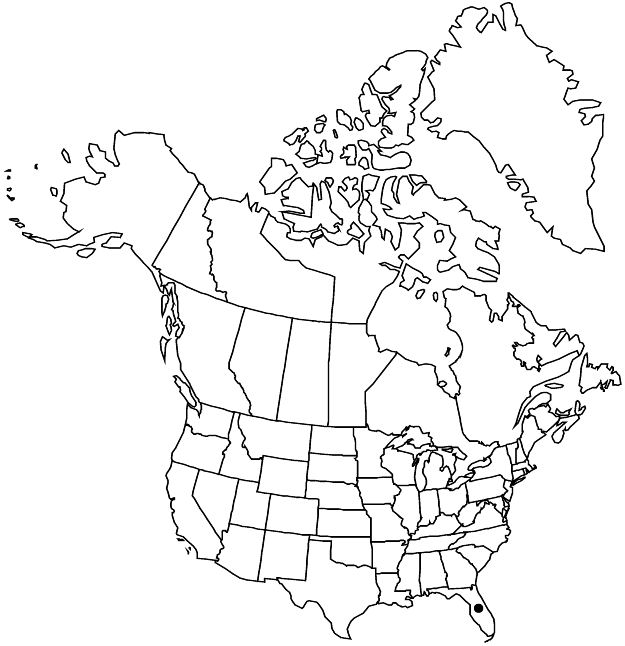Difference between revisions of "Euphorbia garberi"
Fl. South. U.S. ed. 2, 646. 1883.
FNA>Volume Importer |
FNA>Volume Importer |
||
| Line 82: | Line 82: | ||
|publication year=1883 | |publication year=1883 | ||
|special status=Endemic;Conservation concern | |special status=Endemic;Conservation concern | ||
| − | |source xml=https://jpend@bitbucket.org/aafc-mbb/fna-data-curation.git/src/ | + | |source xml=https://jpend@bitbucket.org/aafc-mbb/fna-data-curation.git/src/f50eec43f223ca0e34566be0b046453a0960e173/coarse_grained_fna_xml/V12/V12_262.xml |
|genus=Euphorbia | |genus=Euphorbia | ||
|section=Euphorbia sect. Anisophyllum | |section=Euphorbia sect. Anisophyllum | ||
Revision as of 19:52, 16 December 2019
Herbs, perennial, with moderately thickened rootstock. Stems ascending, sometimes slightly woody at base, not wiry, 1–3 mm diam., 15–50 cm, canescent. Leaves opposite; stipules distinct or connate at base, triangular-subulate, apex divided into 2–5 subulate to subulate-filiform segments, 0.5–0.7 mm, pilose; petiole 0.5–1.1 mm, pilose; blade ovate to oblong-elliptic, 4–9(–15) × 3–6 mm, base asymmetric, obtuse to rounded, margins usually entire, rarely very sparsely serrulate, apex usually obtuse to rounded, occasionally acute to apiculate, surfaces canescent; 3-veined from base, only midvein conspicuous. Cyathia solitary at nodes of short, axillary branches; peduncle 0.2–0.4 mm. Involucre turbinate to campanulate, 0.6–0.9 × 0.5–0.9 mm, pilose; glands 4, brown, slightly concave, elliptic to subcircular, 0.1–0.3 × 0.2–0.4 mm; appendages white to pink, as narrow rim along gland, (0–)0.1–0.2 × 0.3–0.5 mm, surfaces pilose, distal margin entire or crenulate. Staminate flowers 8–20. Pistillate flowers: ovary pilose; styles 0.6–0.7 mm, 2-fid 1/2 length. Capsules subglobose to broadly ovoid, 1.1–1.6 × 1.3–2.1 mm, pilose; columella 1.1–1.6 mm. Seeds gray to reddish brown, oblong-ovoid, 4-angled in cross section, 1–1.2 × 0.6–0.8 mm, flat or obscurely wrinkled.
Phenology: Flowering and fruiting year-round.
Habitat: Beach dunes, coastal rock barrens, disturbed uplands and pine rocklands.
Elevation: 0–10 m.
Discussion
Euphorbia garberi appears to be an interspecific hybrid, but its parentage is not entirely clear (Y. Yang and P. E. Berry 2011). The taxon is closely related to E. blodgettii, E. porteriana, and E. serpens. It is restricted to Collier, Miami-Dade, and Monroe counties in southern Florida and is federally listed as threatened due to impacts from habitat loss, fire suppression, and invasive species. A. Herndon (1993) synonymized E. porteriana var. keyensis under E. garberi because of its uniformly pilose capsules, and that treatment is followed here.
Selected References
None.
